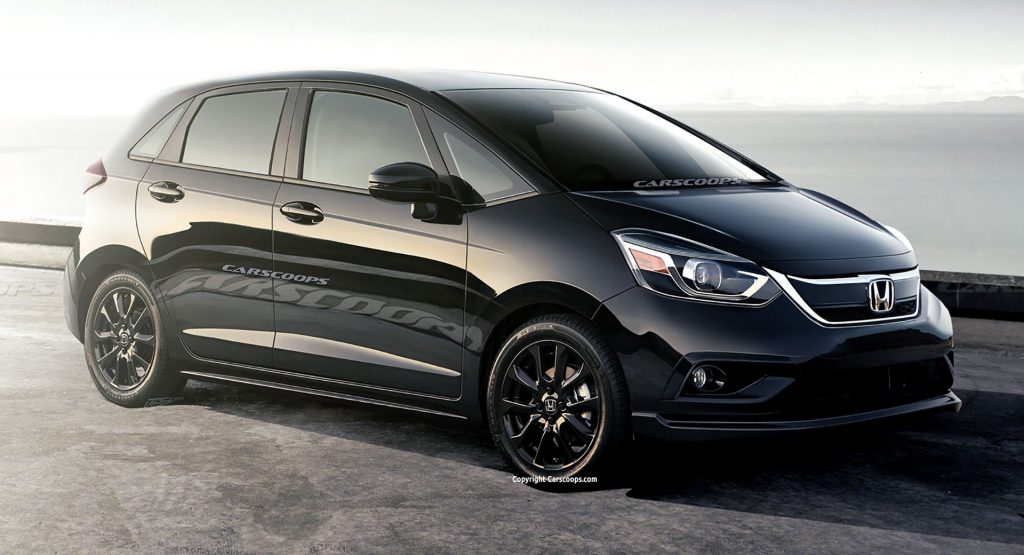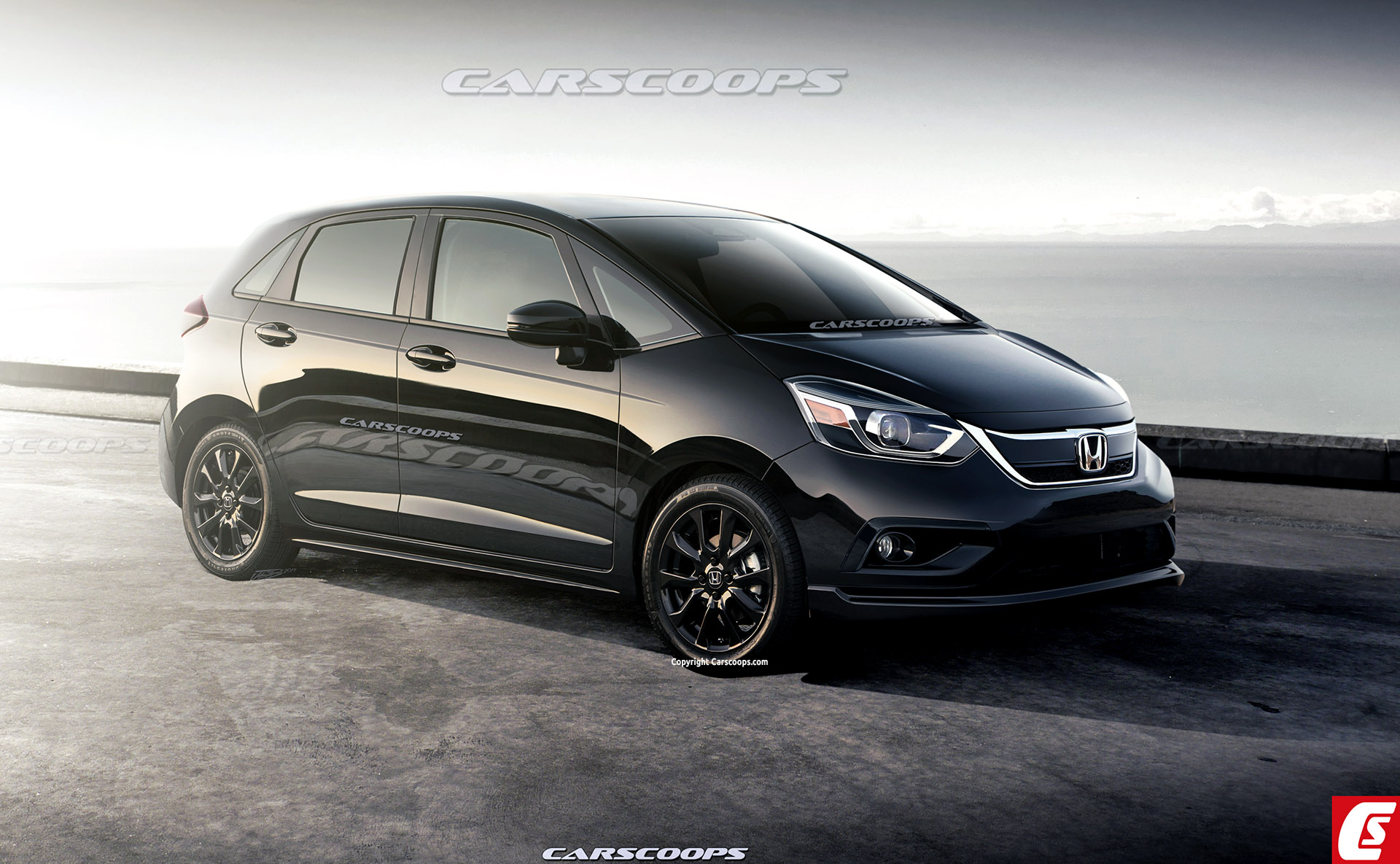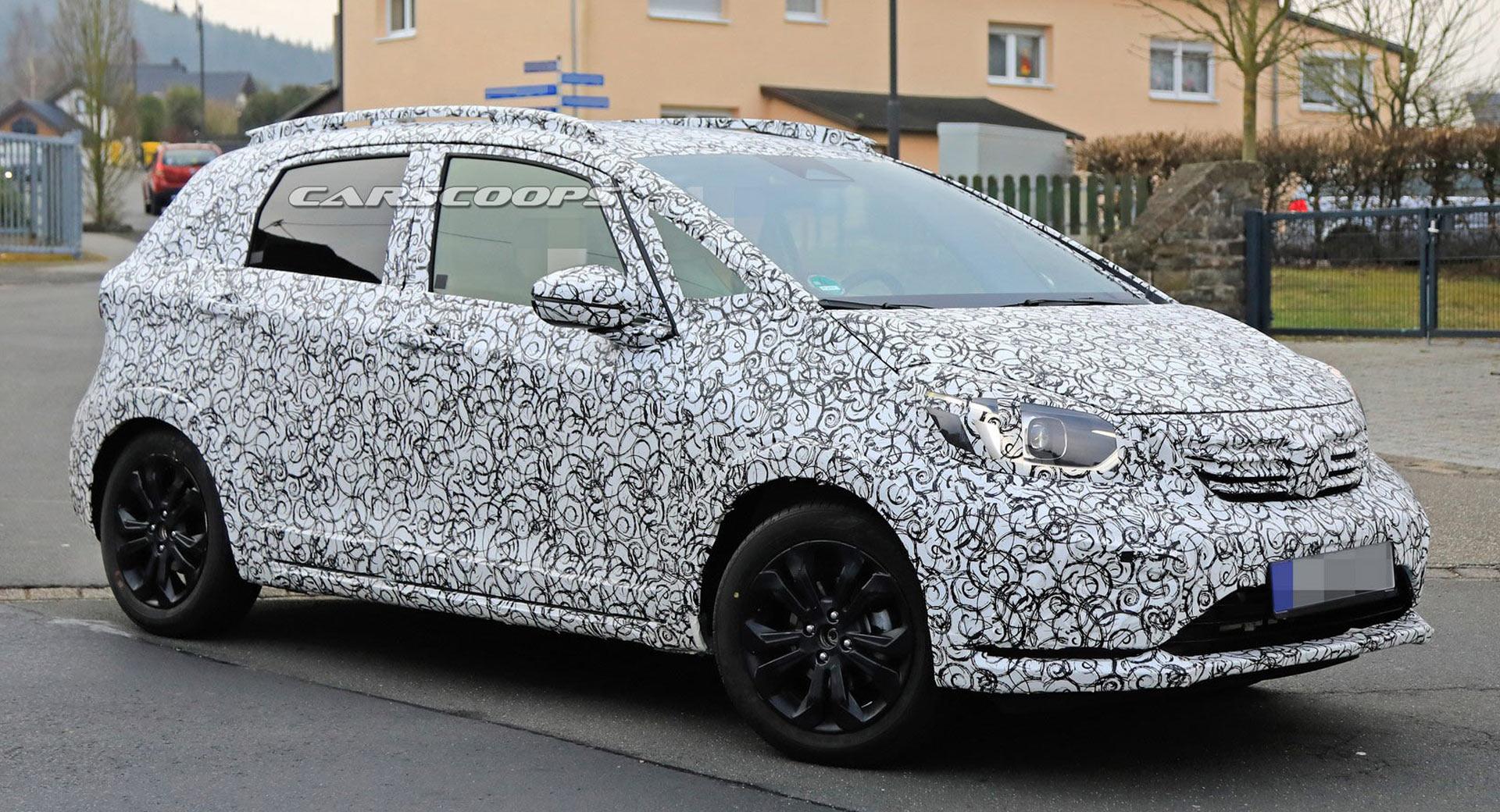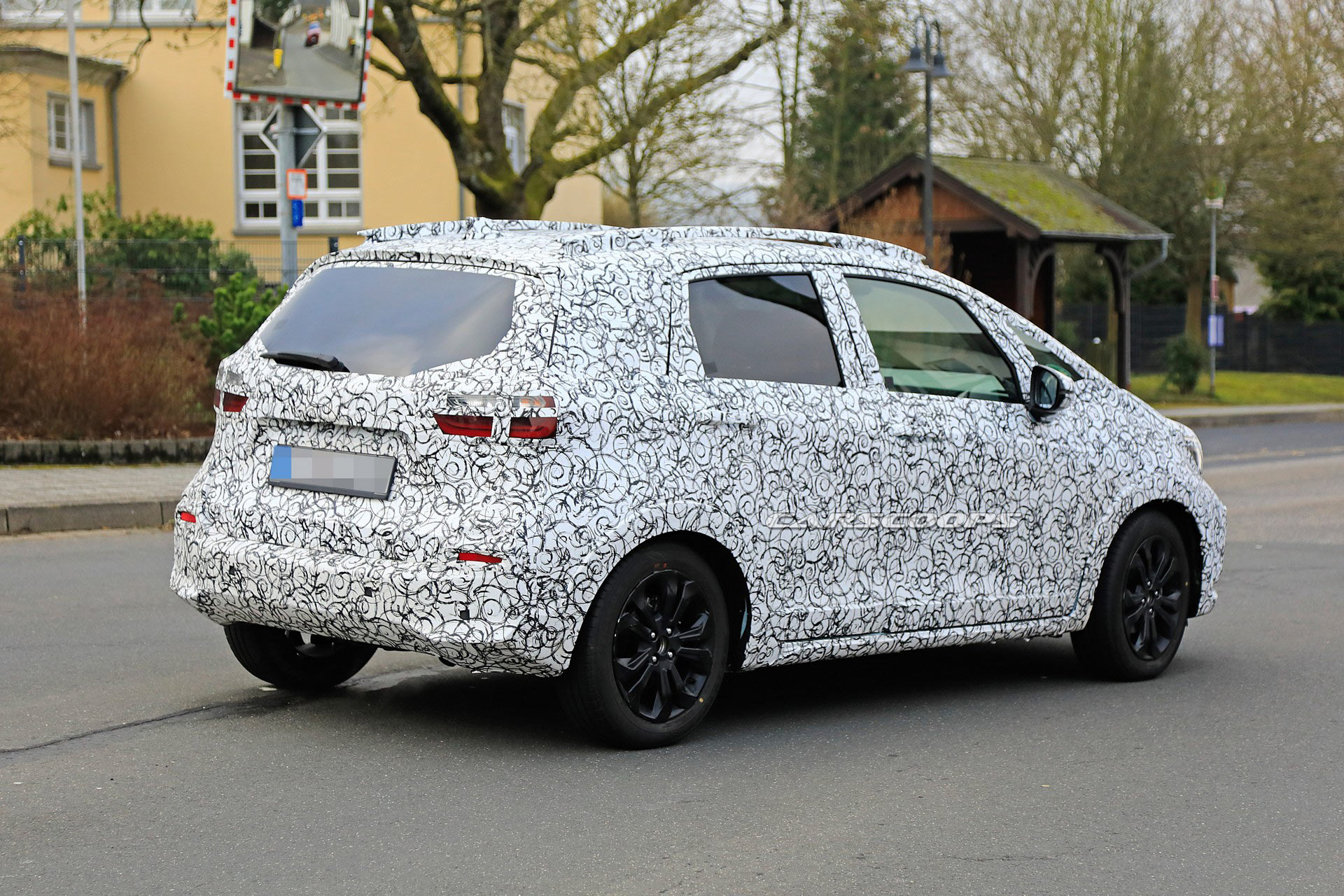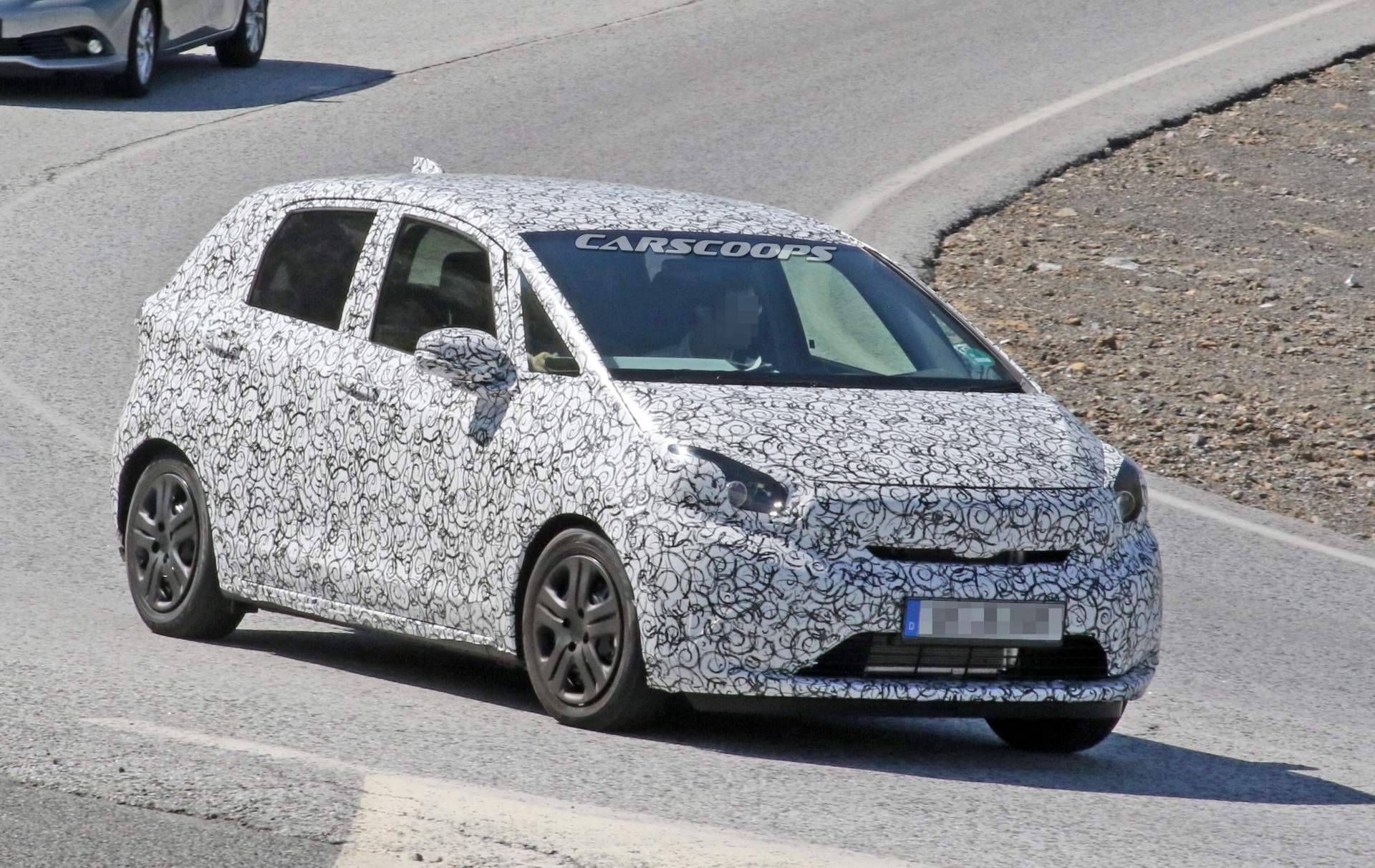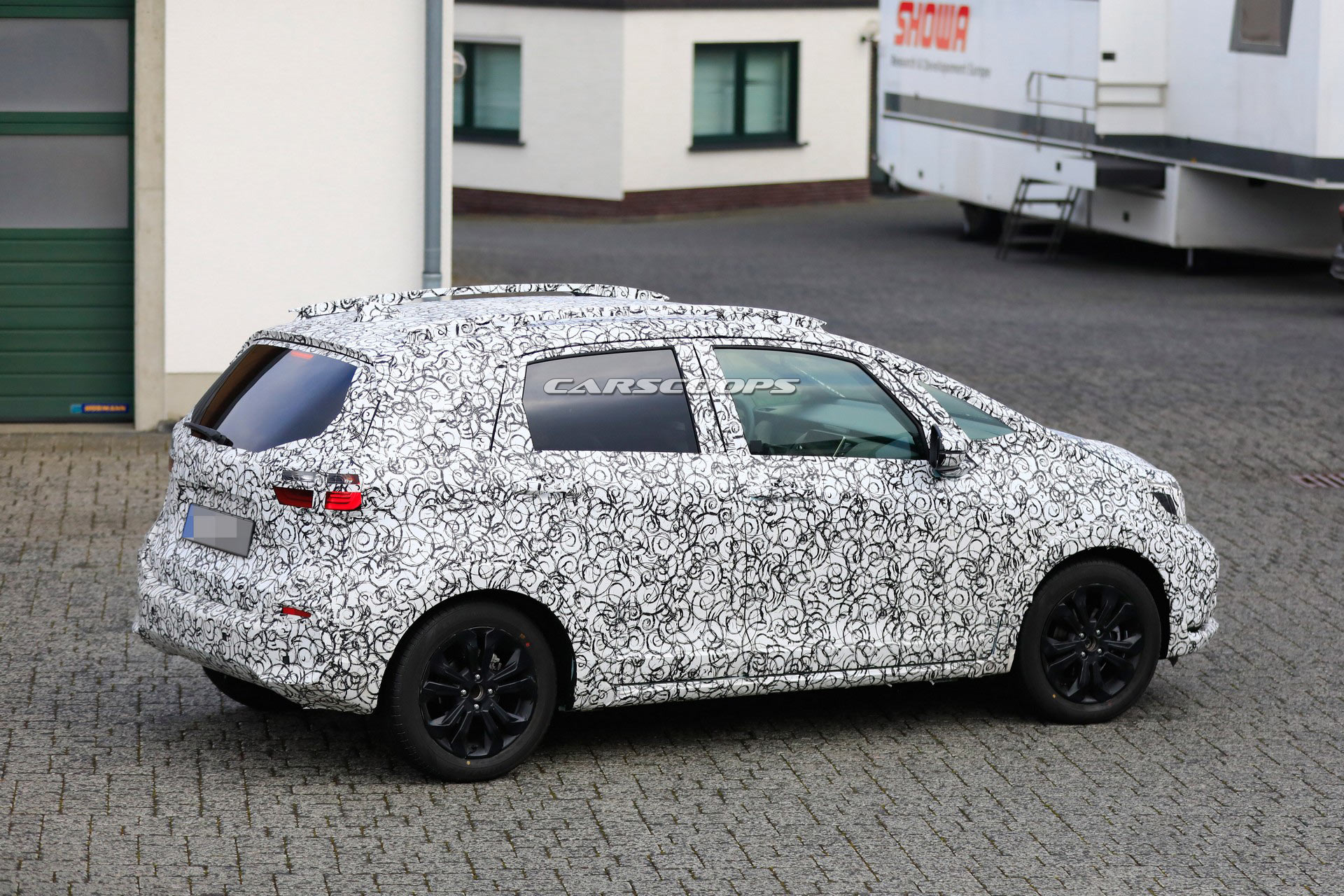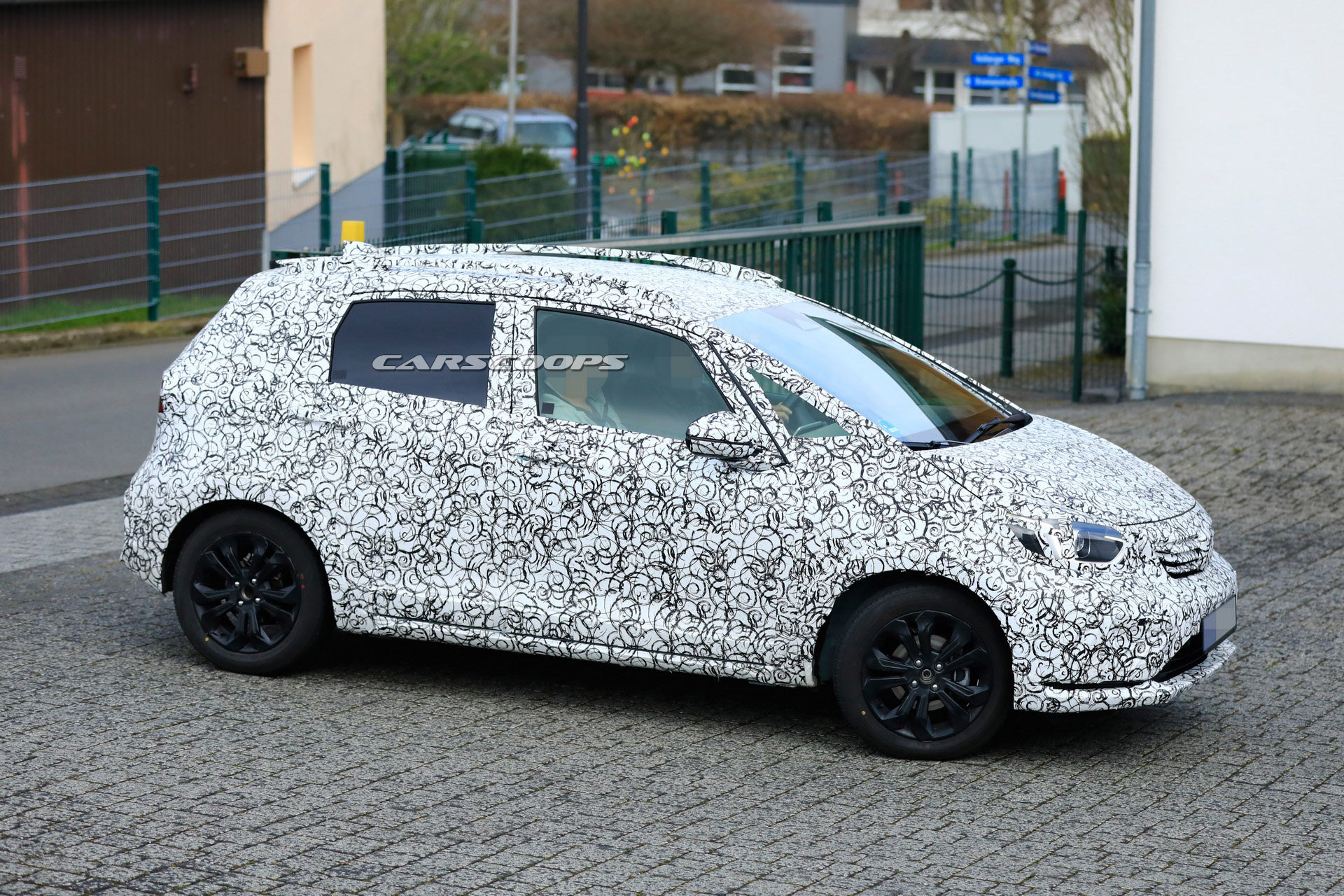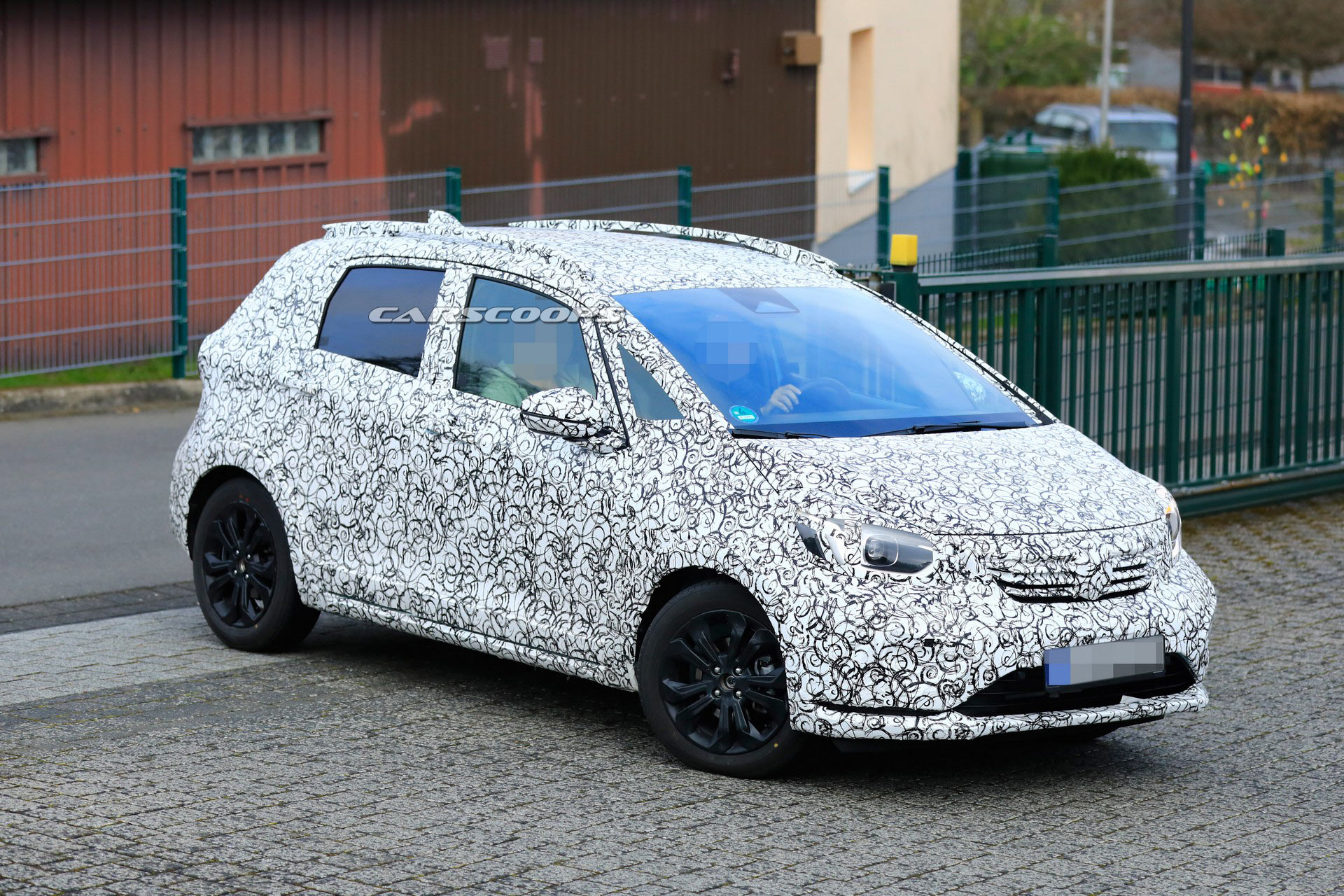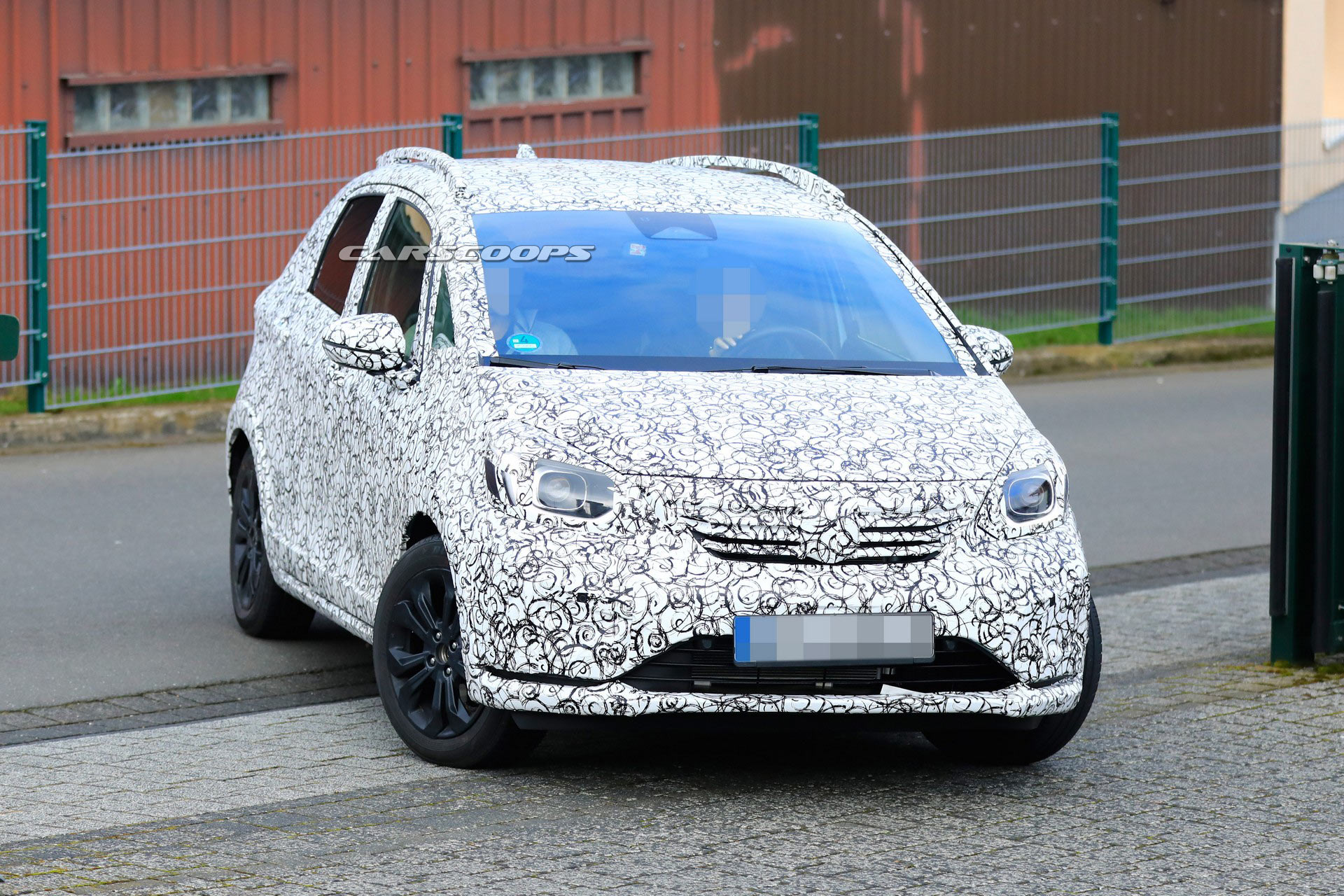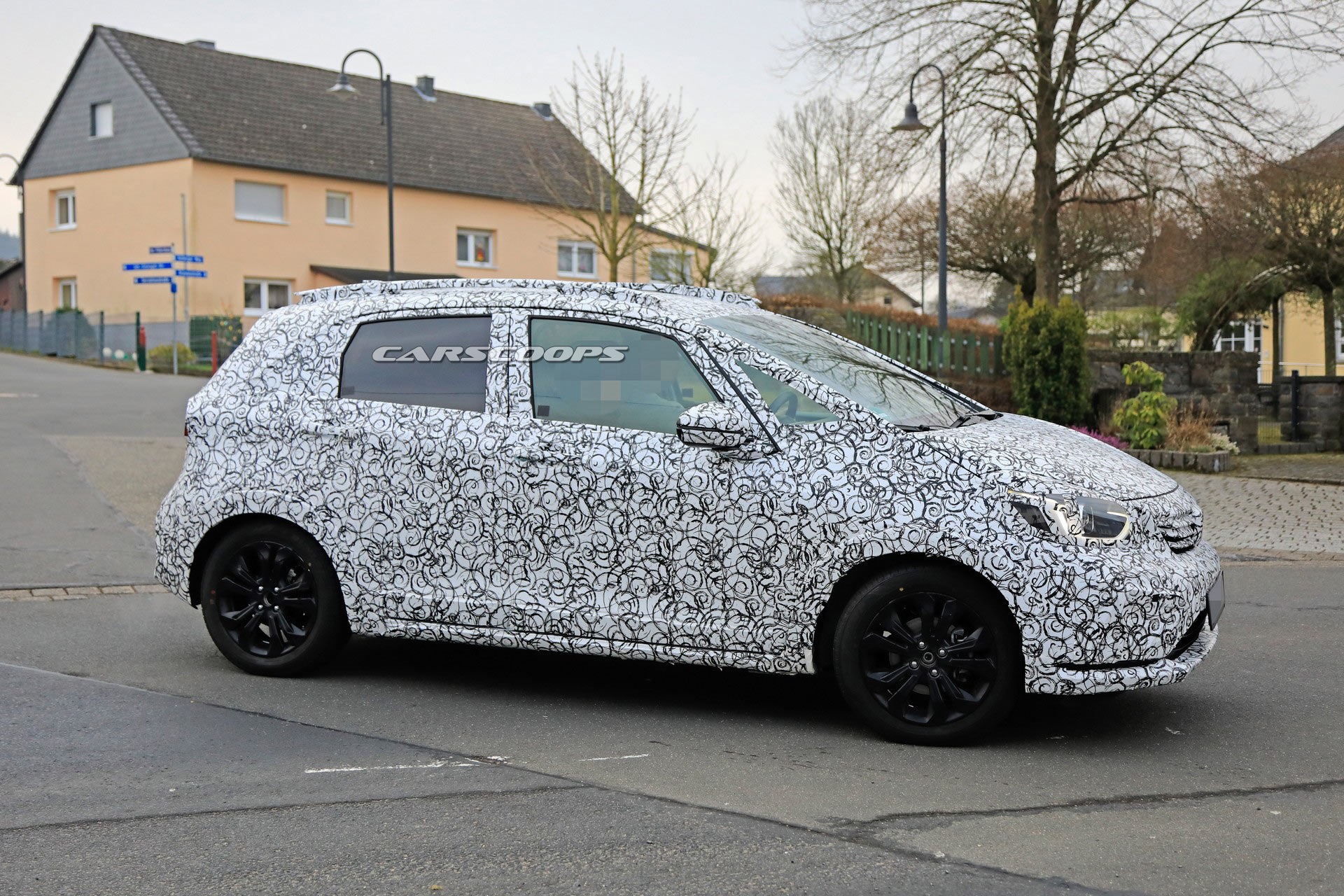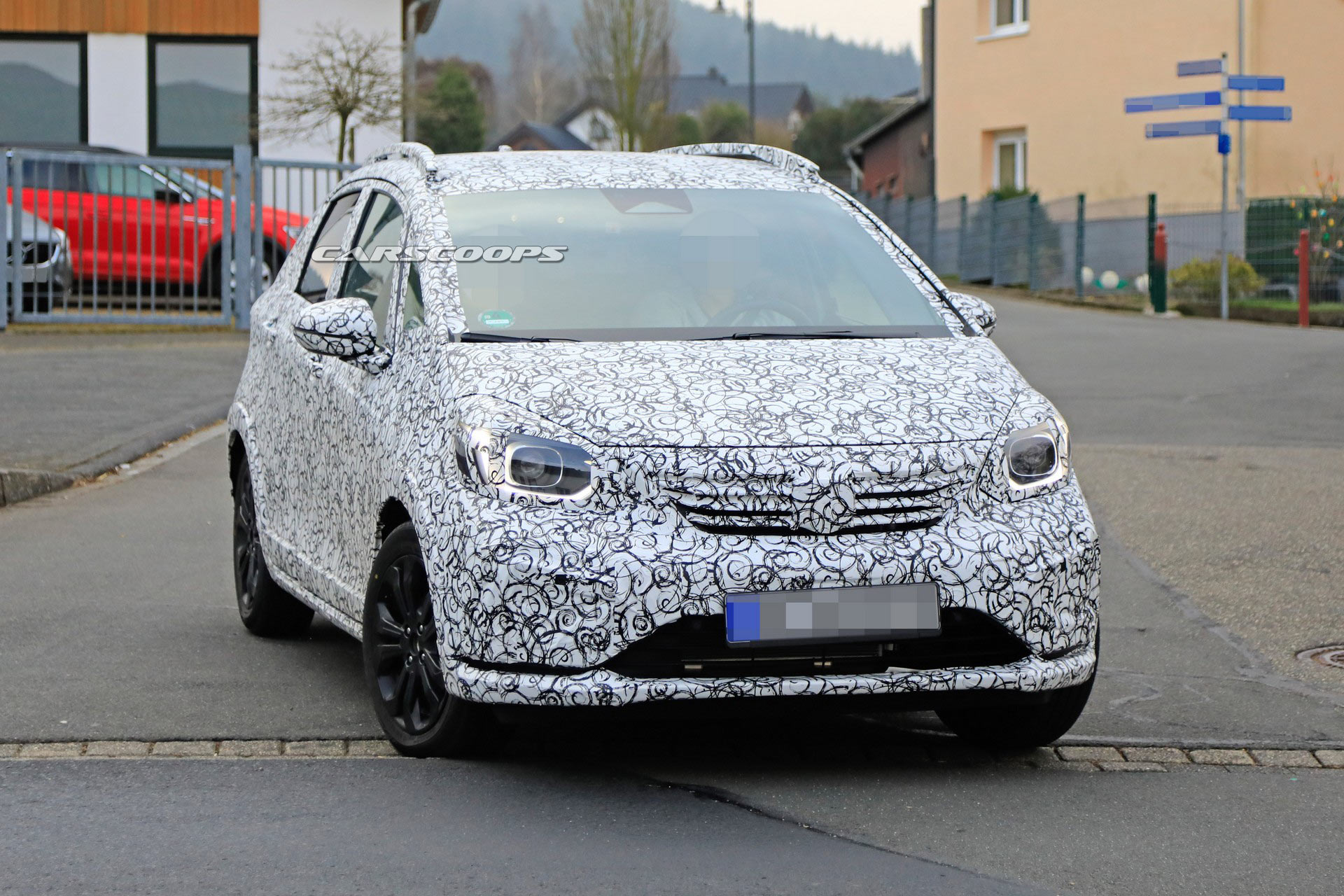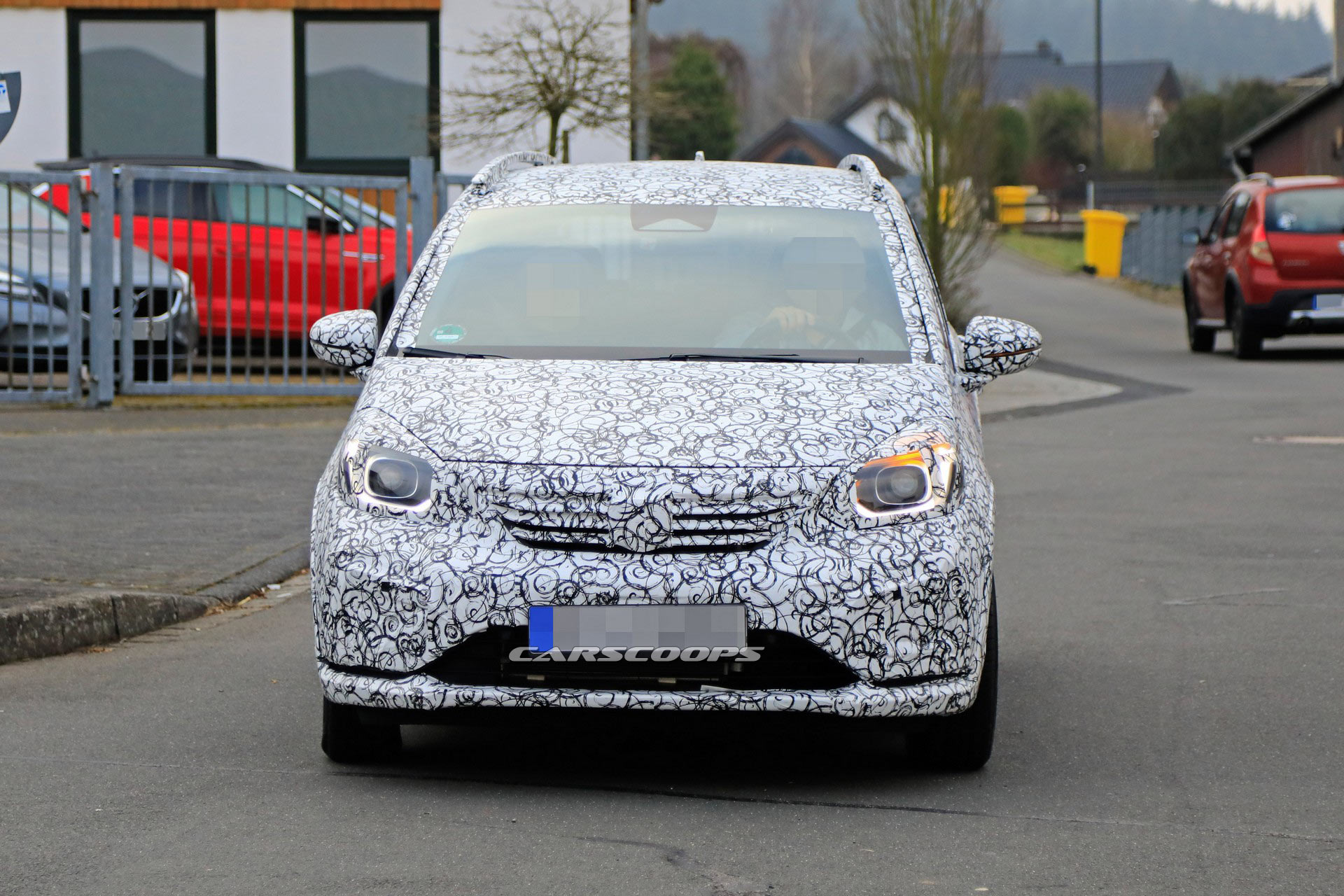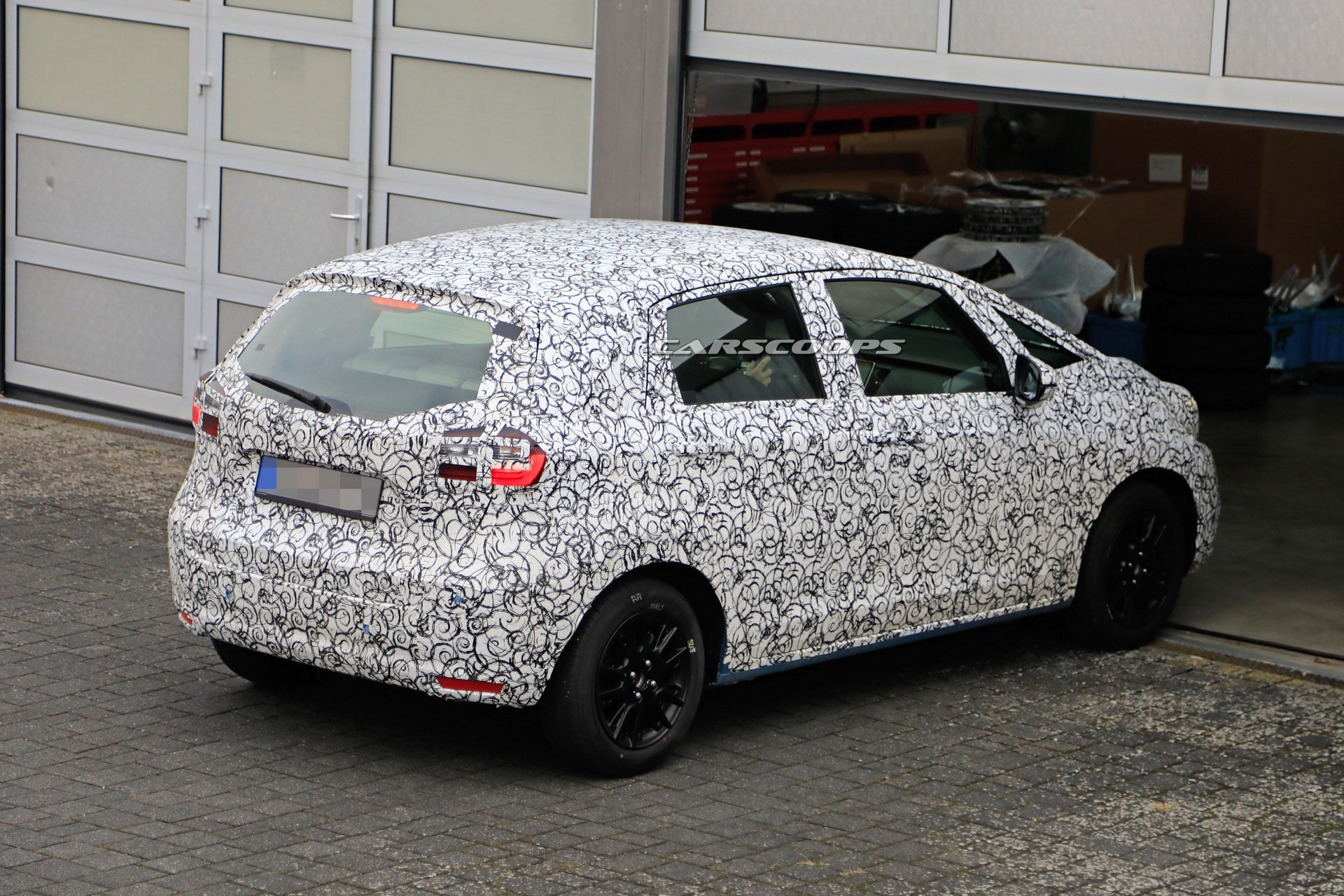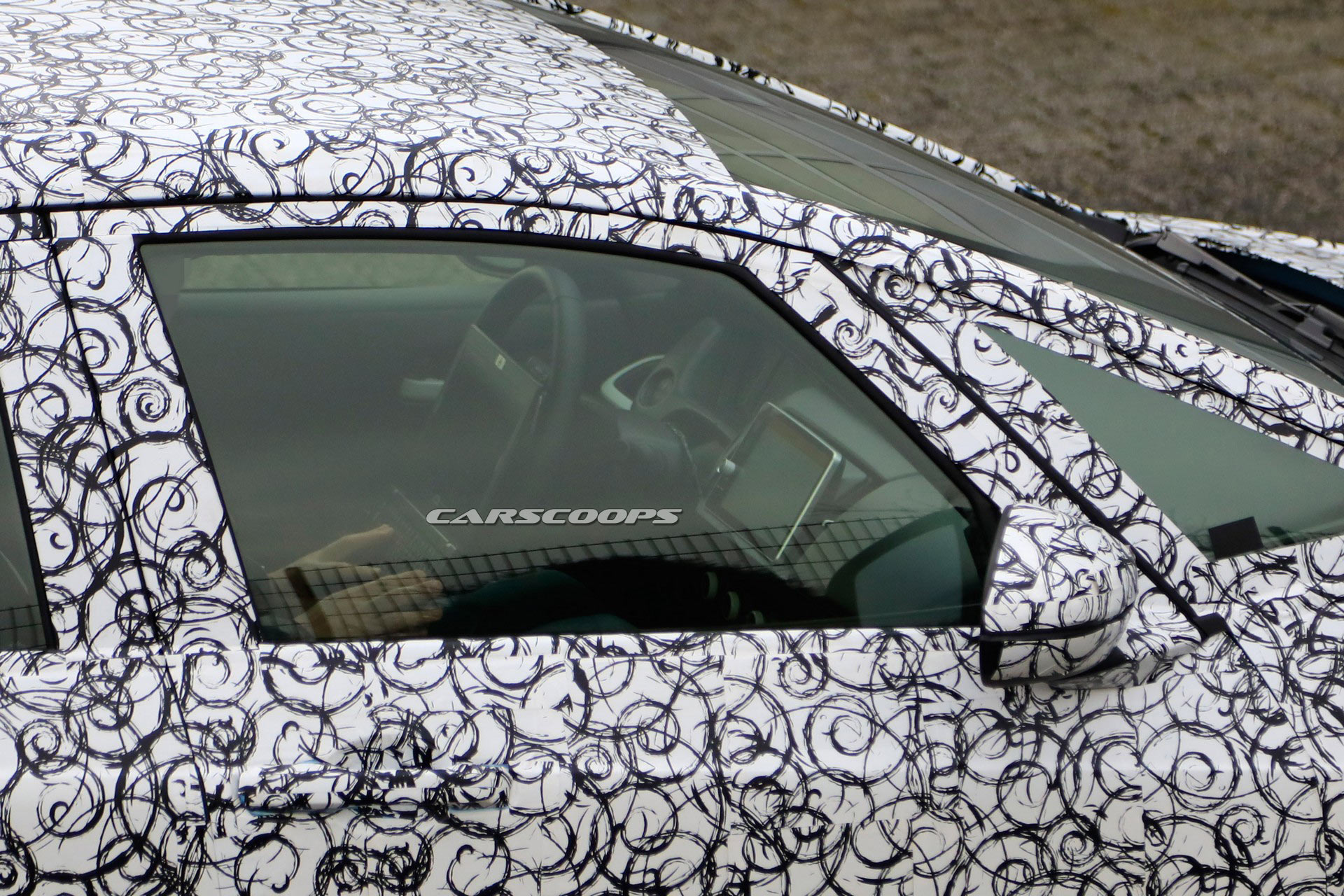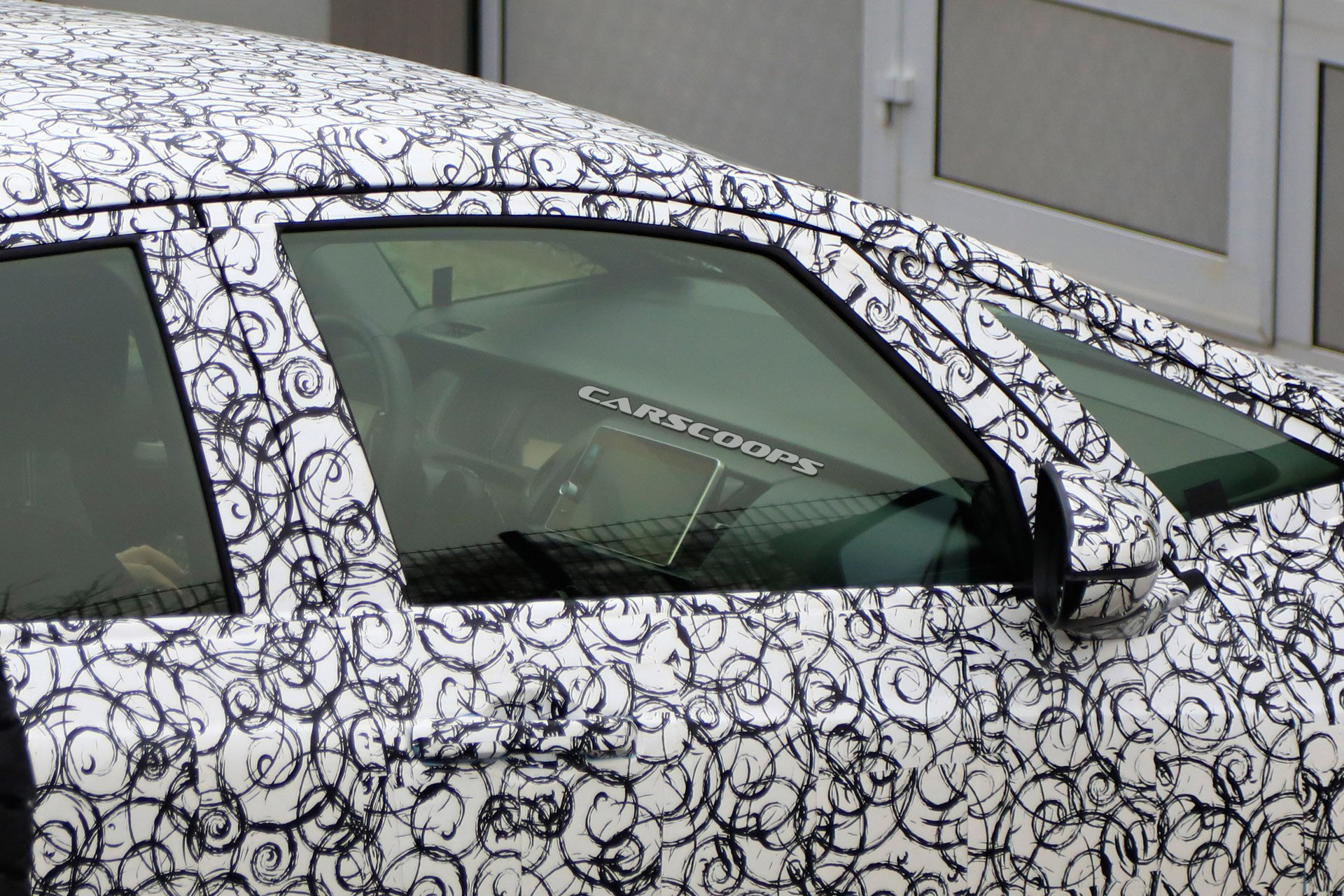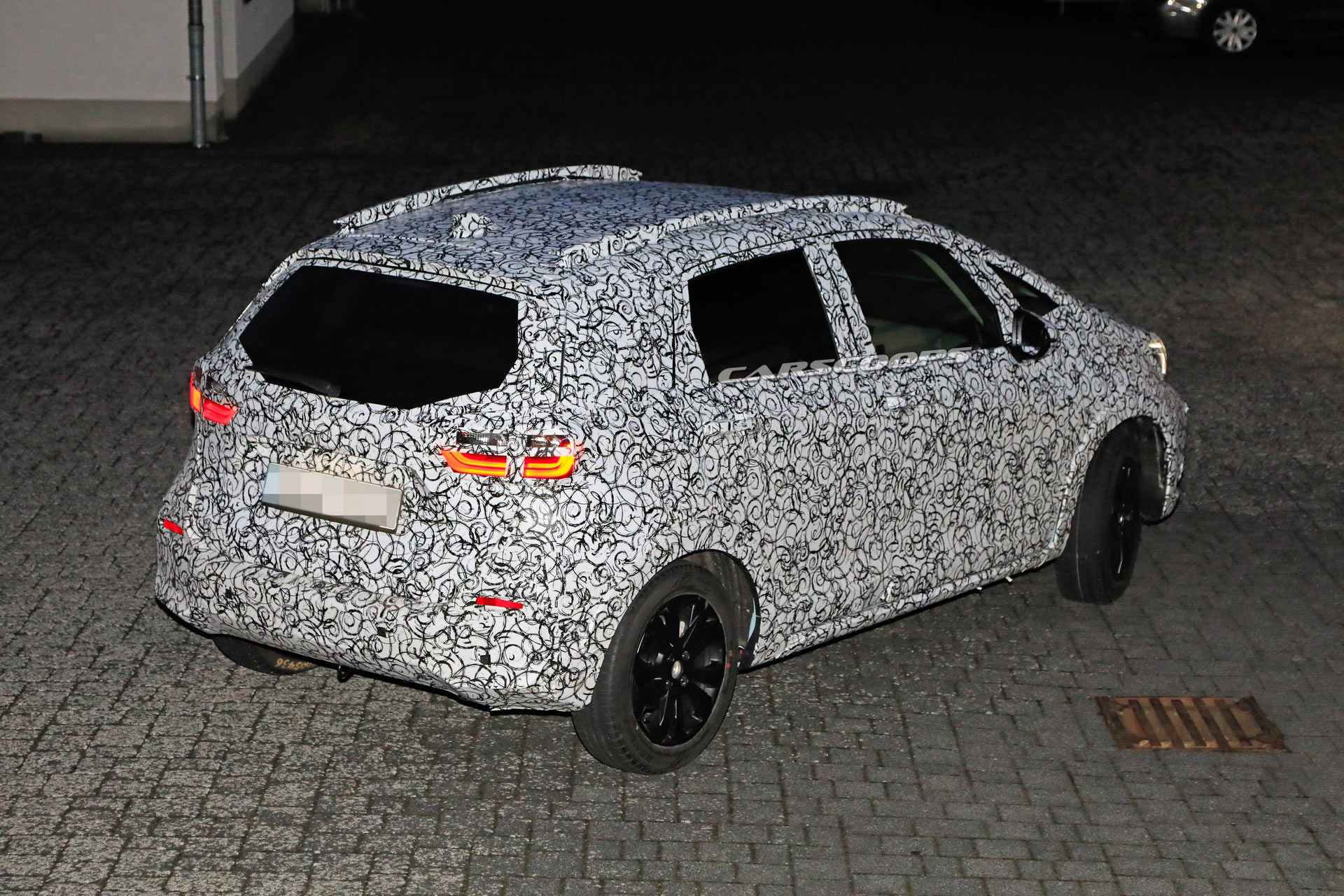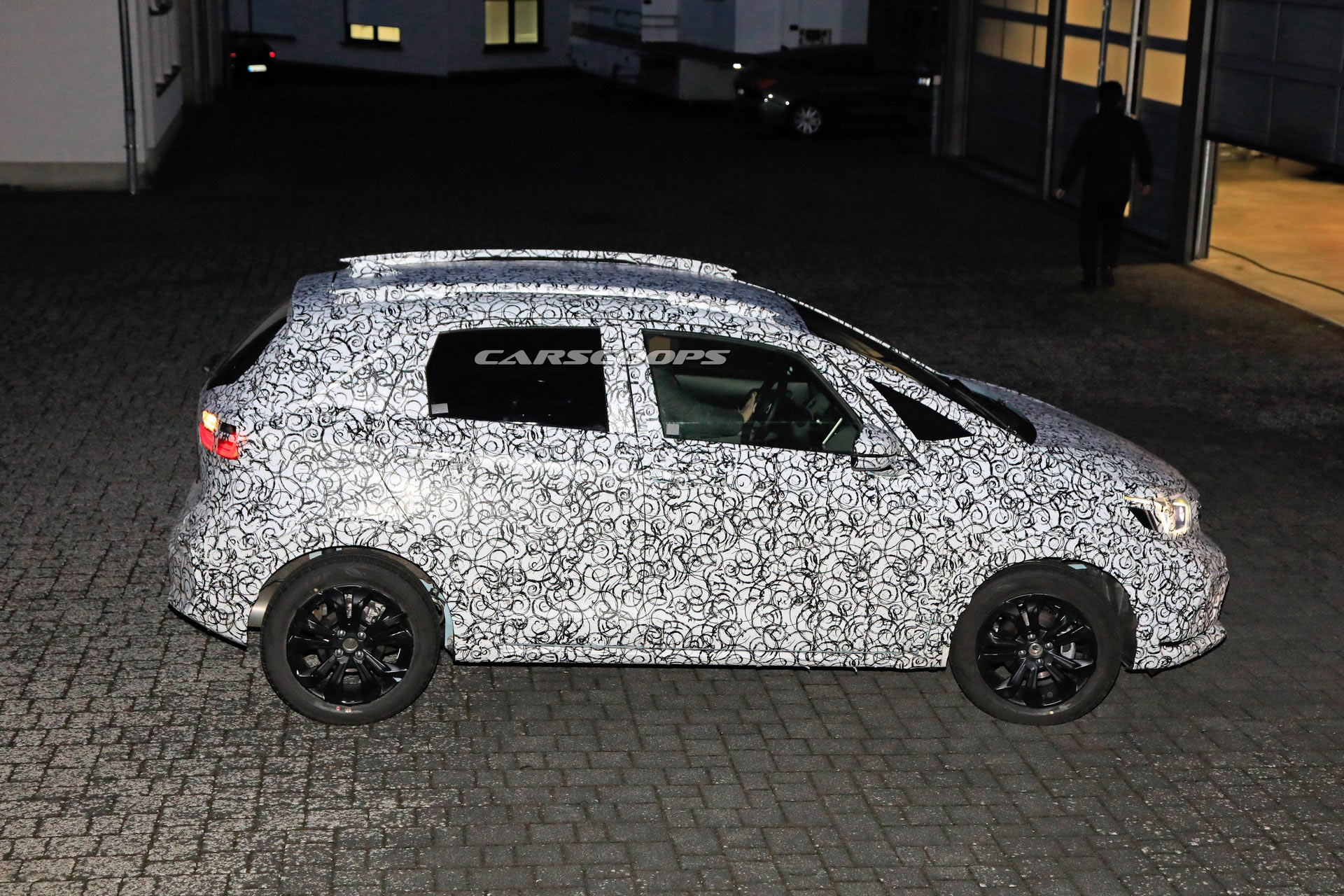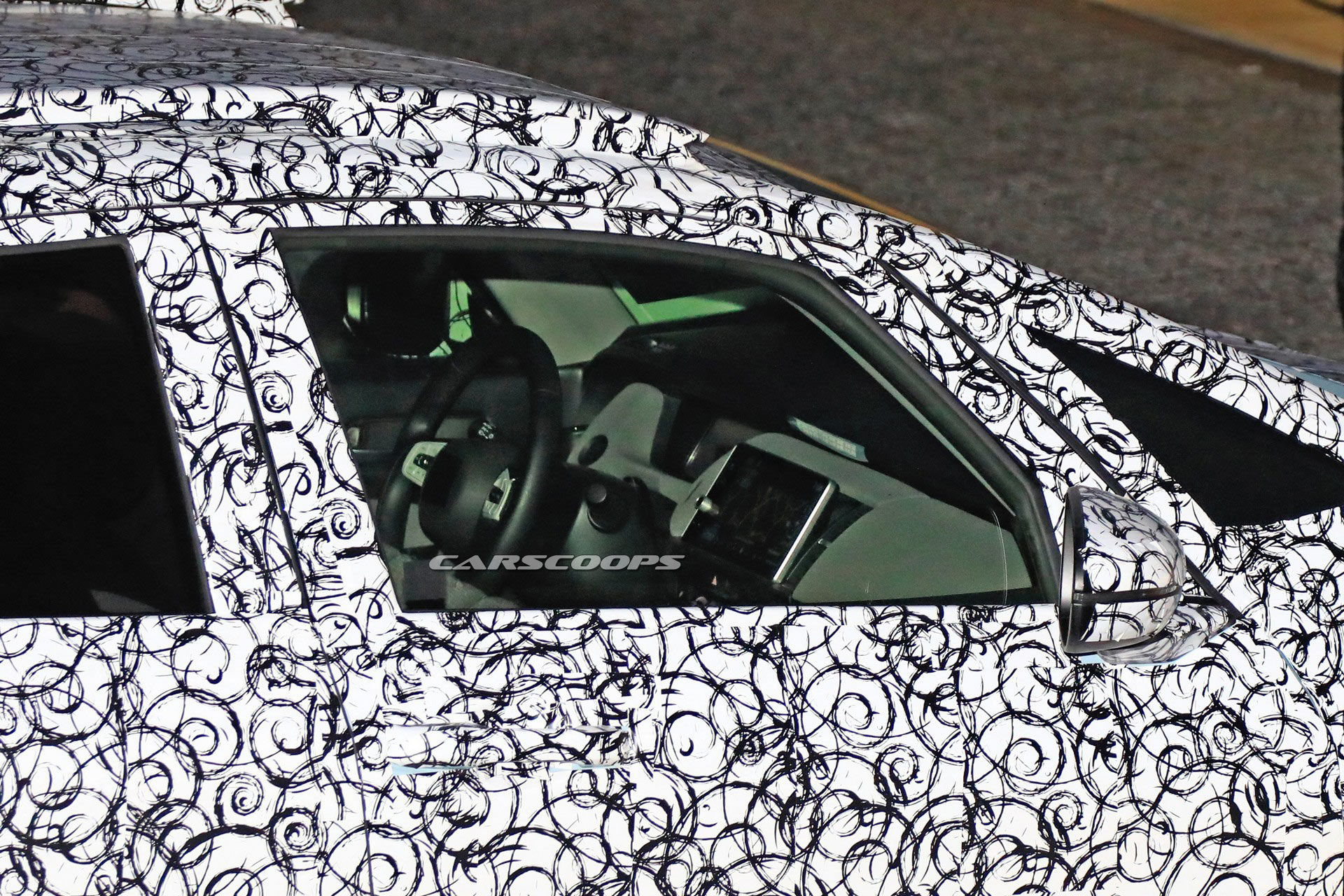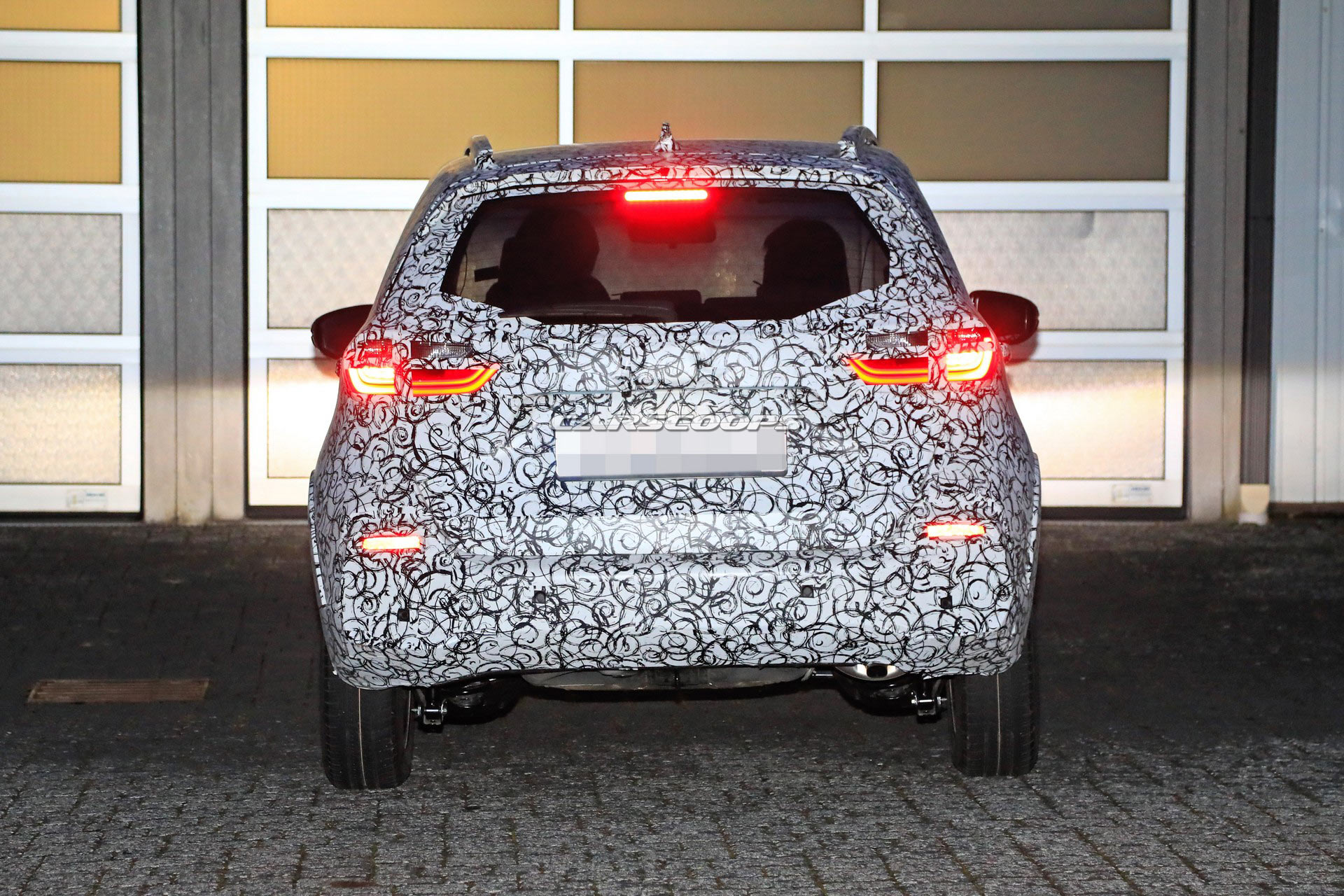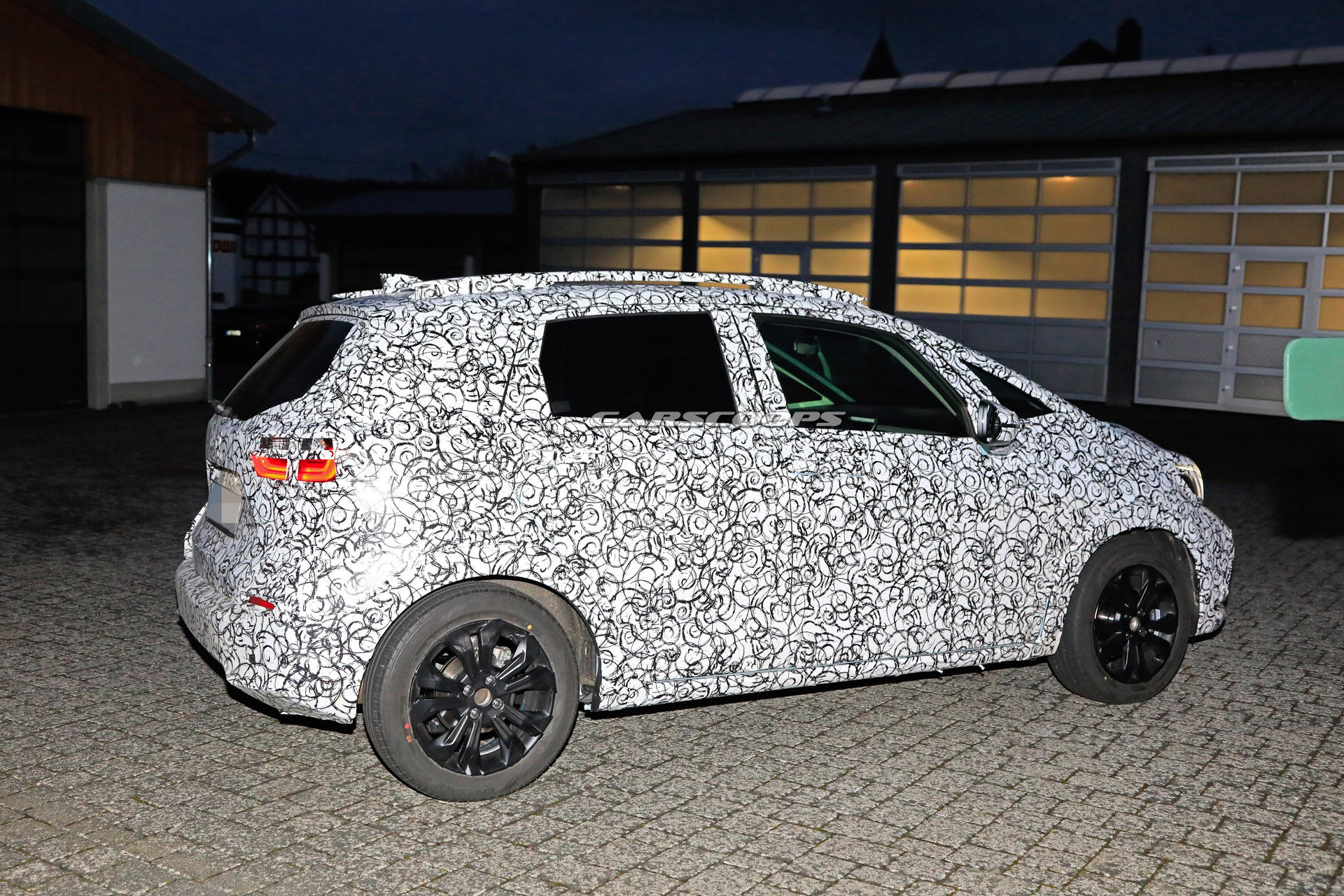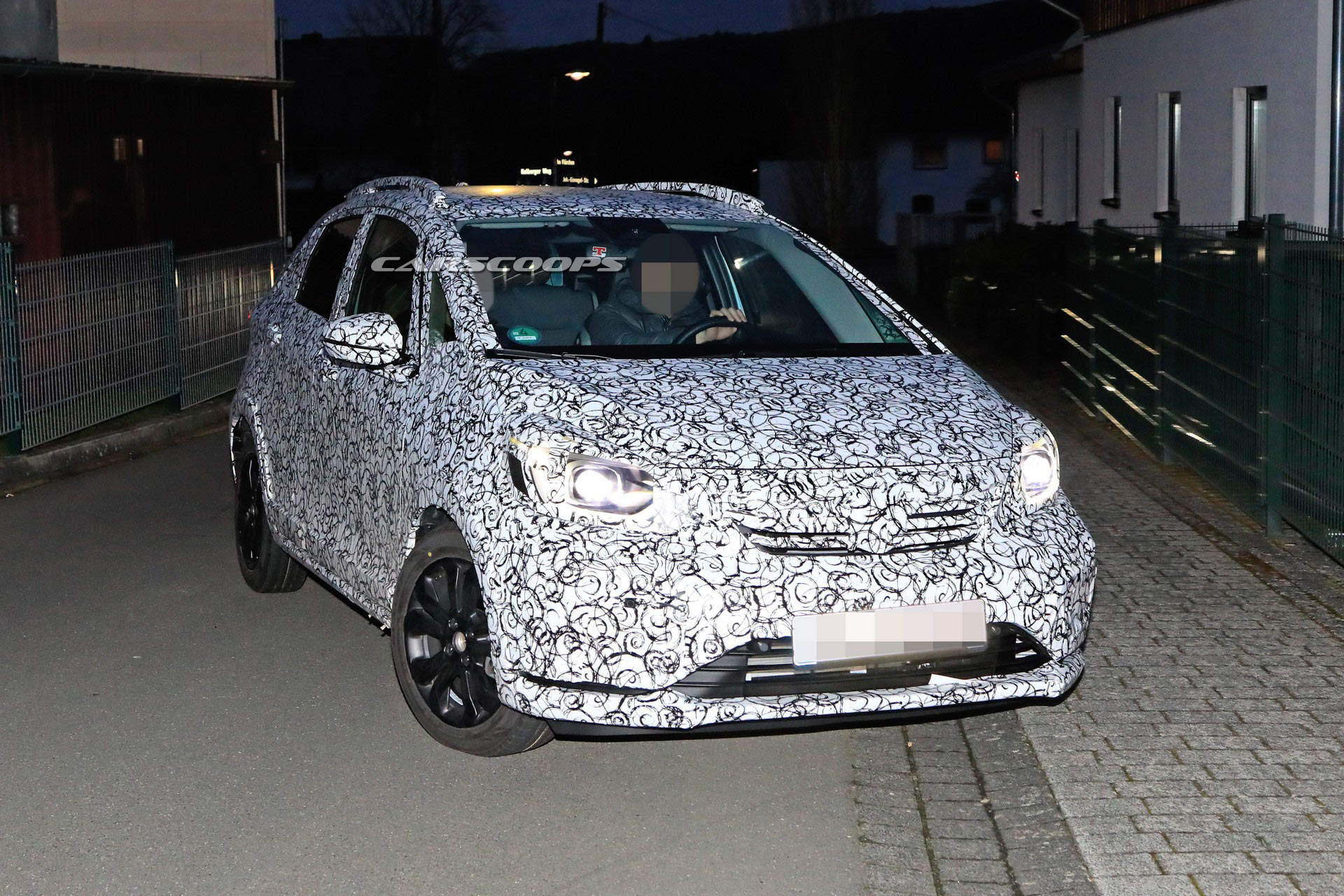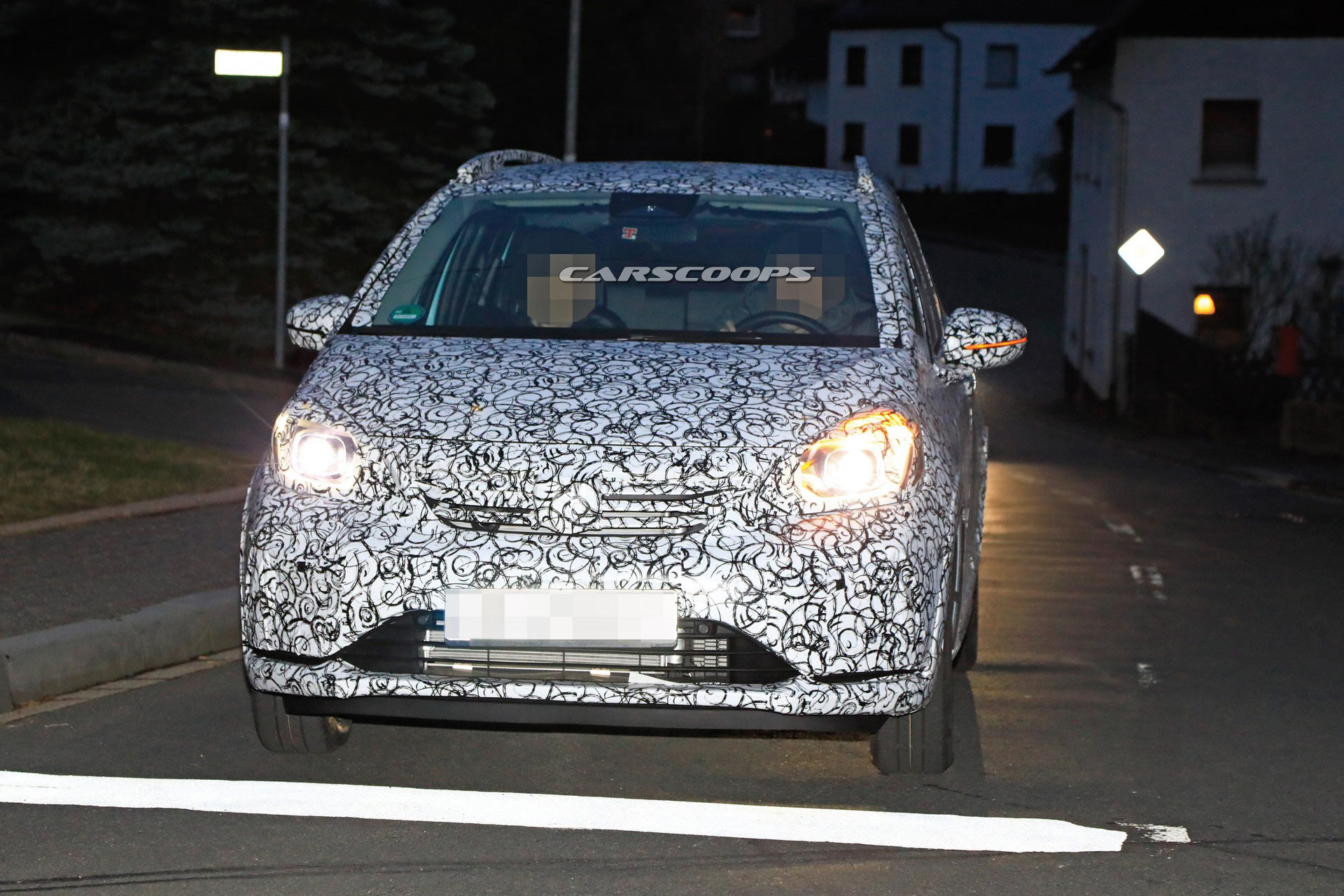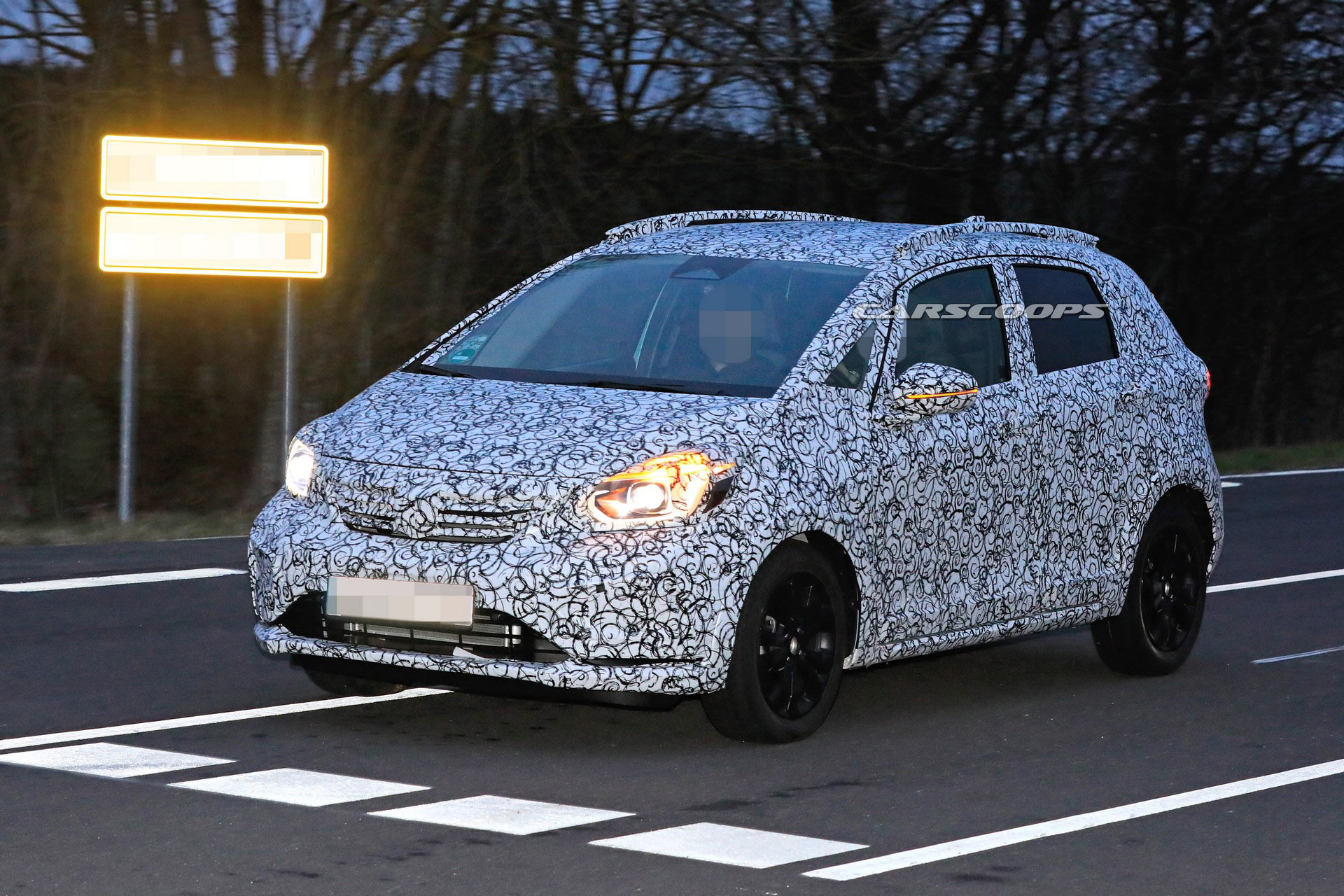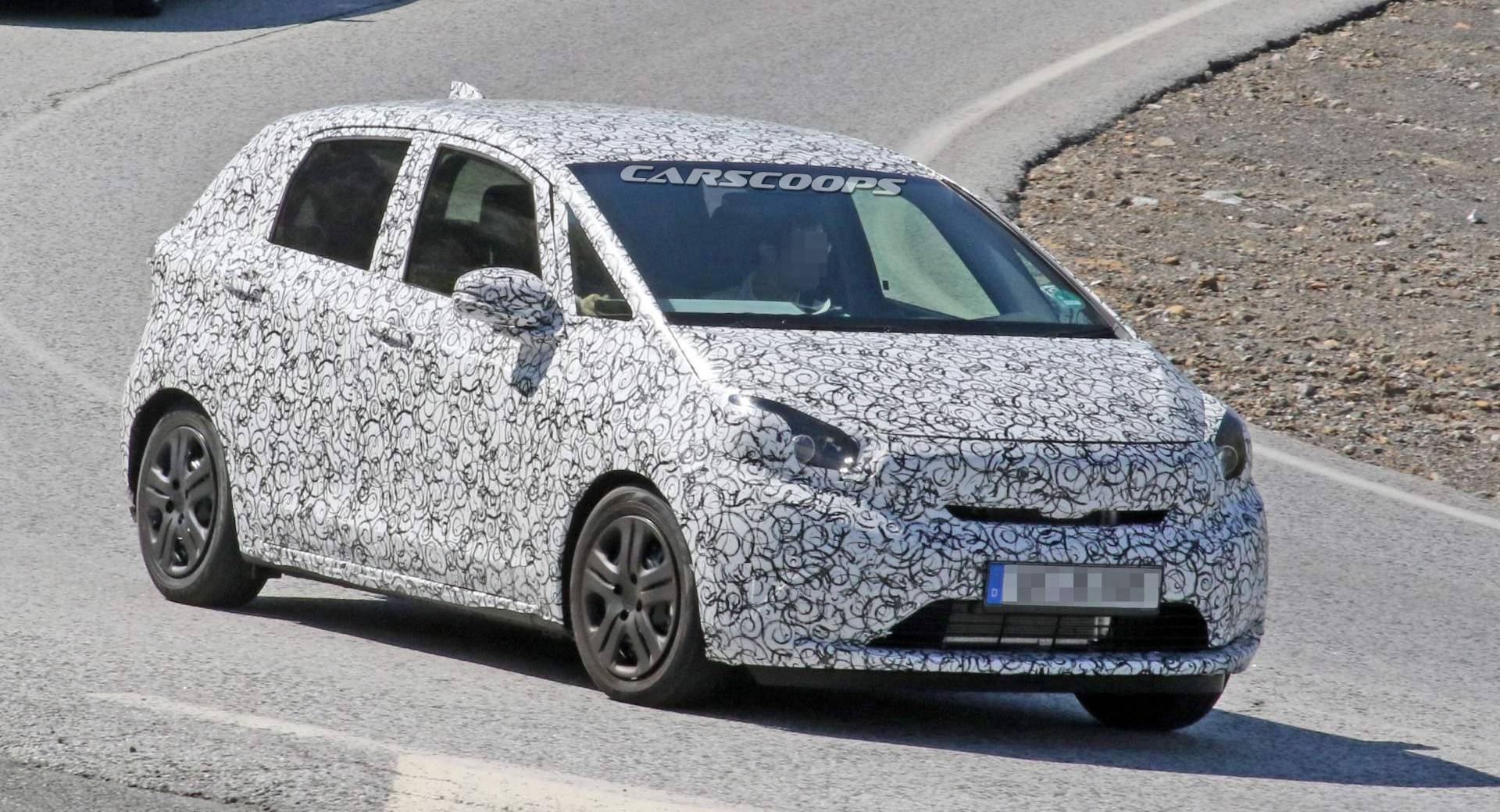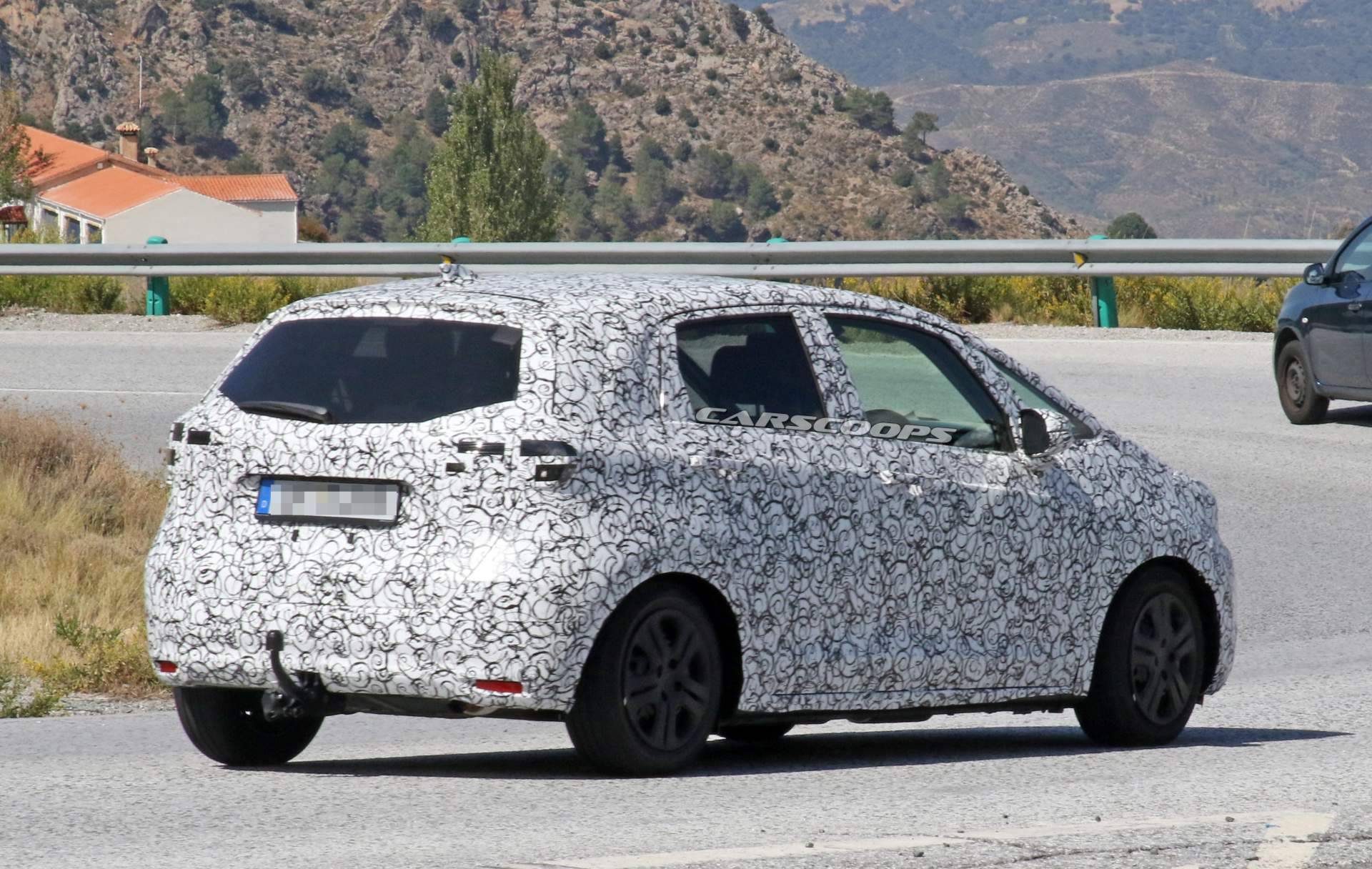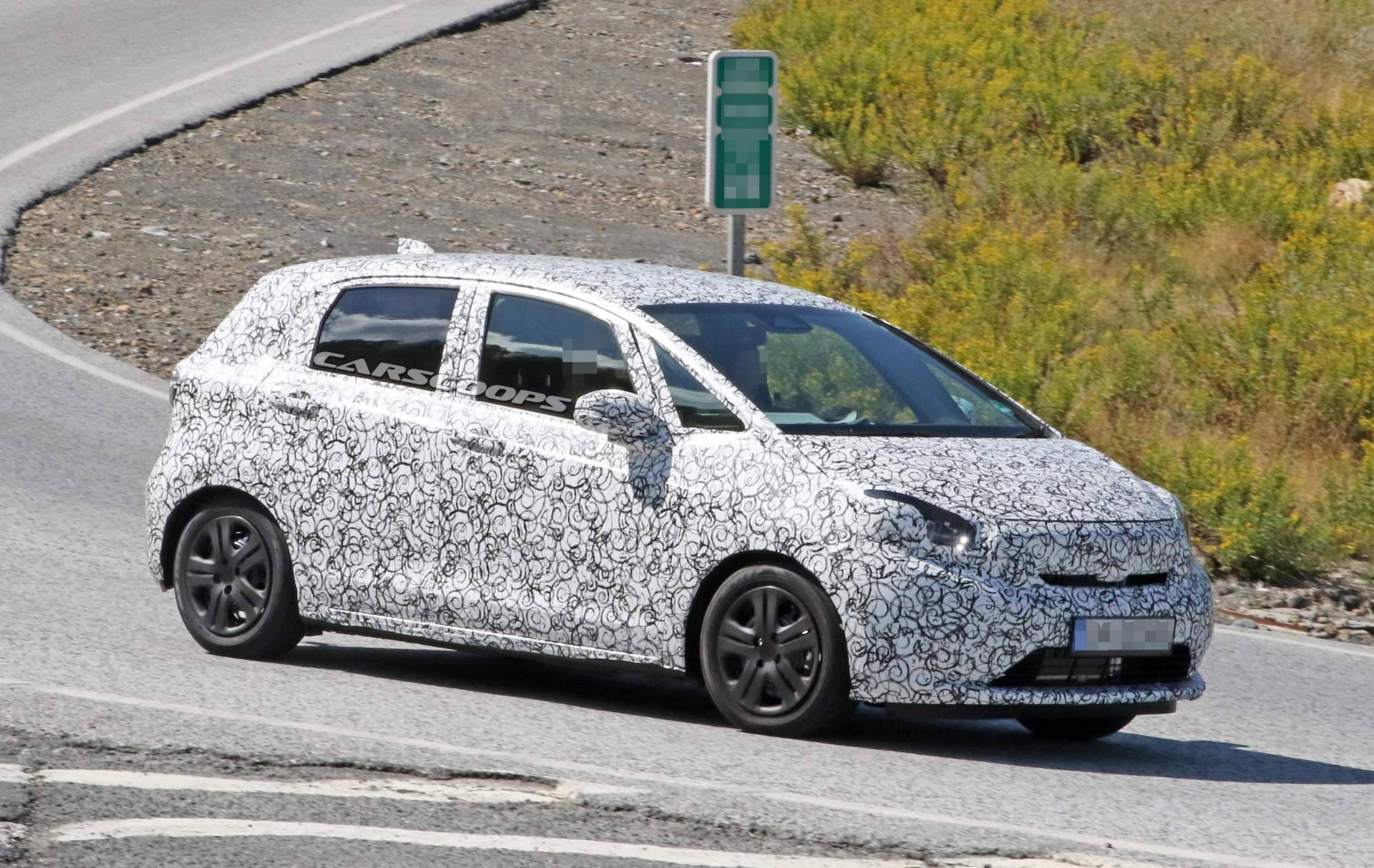Subcompacts may not be up in the hall of fame when it comes automotive icons, but Honda’s Fit (called Jazz in Europe) has earned quite a loyal following over the years with its clever packaging, frugal powertrains, and competent driving dynamics.
Sadly, its relevance is becoming less important as buyers flock towards small SUVs and crossovers. Fortunately, the Japanese carmaker is fully aware of this and is planning a two-pronged attack with the next-generation model in normal and pseudo-CUV formats.
We take an illustrated first look at the standard road-oriented variant and everything else we can expect from the Fit’s (Jazz) 2020 redesign.
Photo Renderings Copyright Carscoops / Josh Byrnes
Youthful, Yet Refined
At first glance, the redesign isn’t as radical as the current Civic’s in comparison to its predecessor. Instead, it’s more of a refined appearance coupled to a sportier profile.
The front-end now has a cleaner, cute and youthful look. Those large headlights are a nod to the first generation Fit and they now feature rectangular projector lenses and more technical detailing in the bezels. Horizontal themes dominate the grille and lower intakes, whilst the dual A-pillars are slimmer for better visibility. Sheet metal surfacing is more organic with minimal hard creases, and the rear features a melting-pot of evolutionary styling from Honda’s current lineup.
The all-terrain inspired version will feature more pronounced body cladding around the wheel arches and sills. It will also sport a different front bumper, roof rails and increased ride height to complete the go-anywhere aesthetic.
Cabin Magic
One gripe with the current car (albeit subjective), is that it seems to feature cabin styling commissioned by a Picasso fanatic …and not in a good way. This time around, Honda has gone in favor of a sleeker two-tone, horizontally themed dashboard featuring vertical air vents and a high-mount touchscreen interface that looks to tilt out from the dash pad.
Those familiar with the Fit will be well versed with its Magic Seat abilities that can transform the interior into a Tardis if needed. The good news is that setup will continue to feature for 2020 and will benefit from improved interior volume. We also anticipate to see more standardized driver assist features such as lane keeping aid, adaptive cruise with stop & go and road departure mitigation.
Frugal Powertrains
The Fit’s powertrain lineup will consist of both gasoline and diesel variants (the latter for European markets). It is anticipated that a turbocharged 1.0-litre, three-cylinder gasoline, and a 1.5-litre diesel will be available from launch. A 151 hp, 1.5-litre hybrid shared with the larger Insight, has also been confirmed for the range.
Perhaps the biggest potential news (yet to be confirmed), are rumors of an all-electric variant. Conjecture has it this model will offer a Nissan Leaf-beating range of around 186 miles (300 km).
Pint-sized Rivals & Launch
The Fit/Jazz competes in an ever-shrinking subcompact segment that’s under attack by the rise of the crossover utility vehicle. It’ll also have to contend with many other worthy alternatives, including Volkswagen’s Polo, Ford Fiesta (the one North America doesn’t get), Mini Cooper, SEAT Ibiza, Suzuki Swift, Citroen C3, Mazda 2, Toyota Yaris, Hyundai i20, Nissan Versa, Chevrolet Sonic, Kia Picanto and upcoming Opel Corsa.
We expect a reveal later this year, possibly as early as the Frankfurt motor show in mid-September or at the 46th Tokyo Motor Show in October, with sales starting soon after as MY2020 offering.
Finally, what do you think the Fit’s redesign? Share your views in the comments below.




